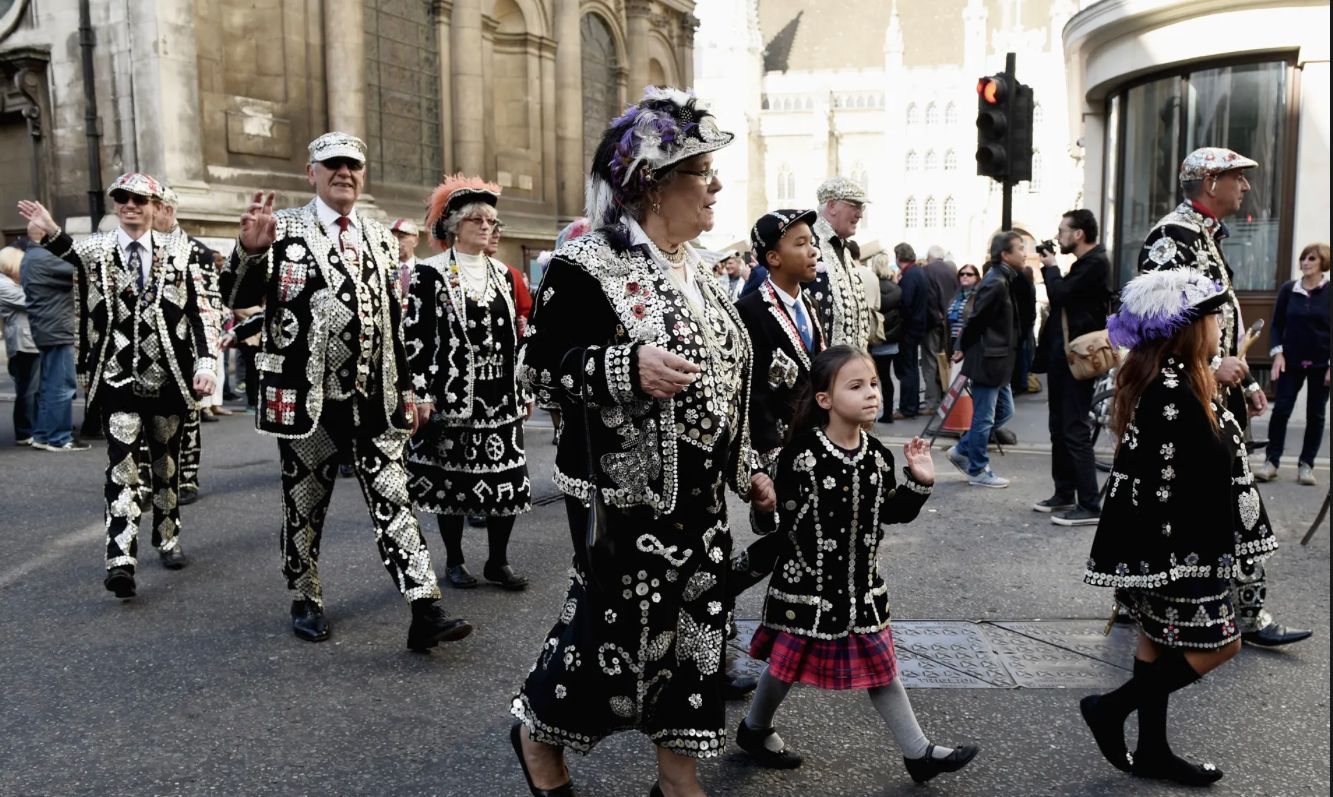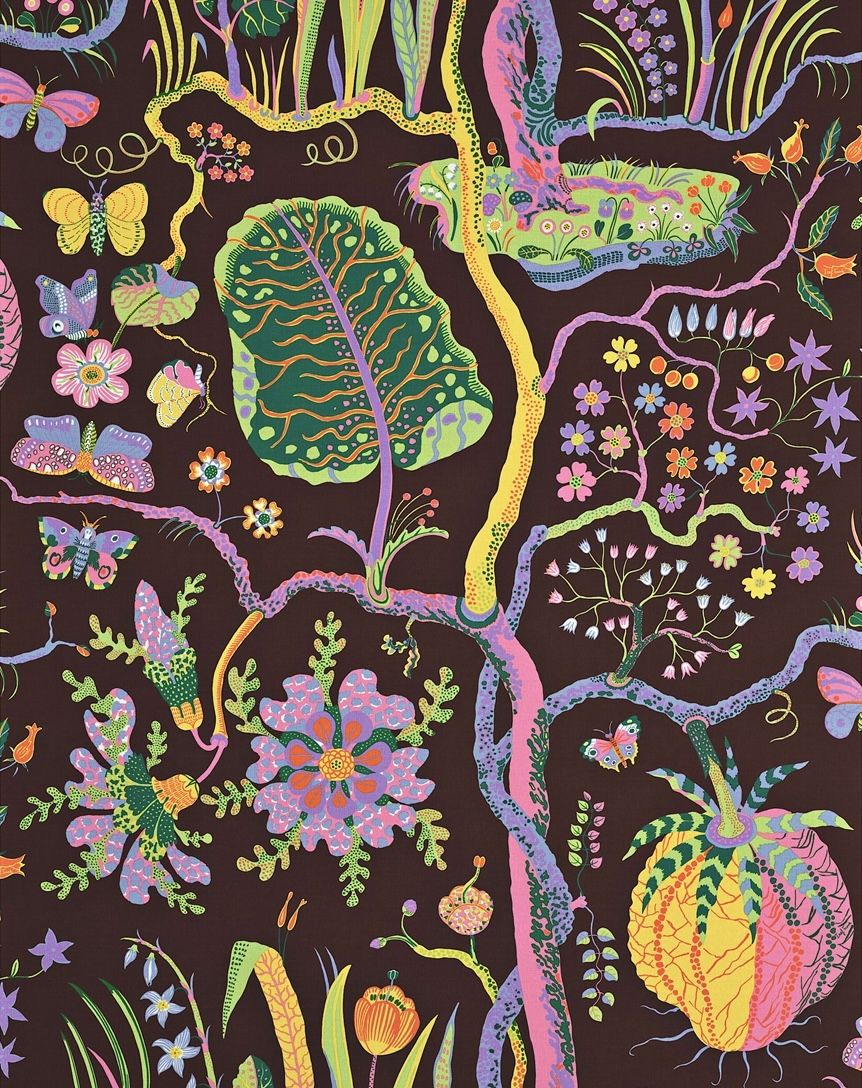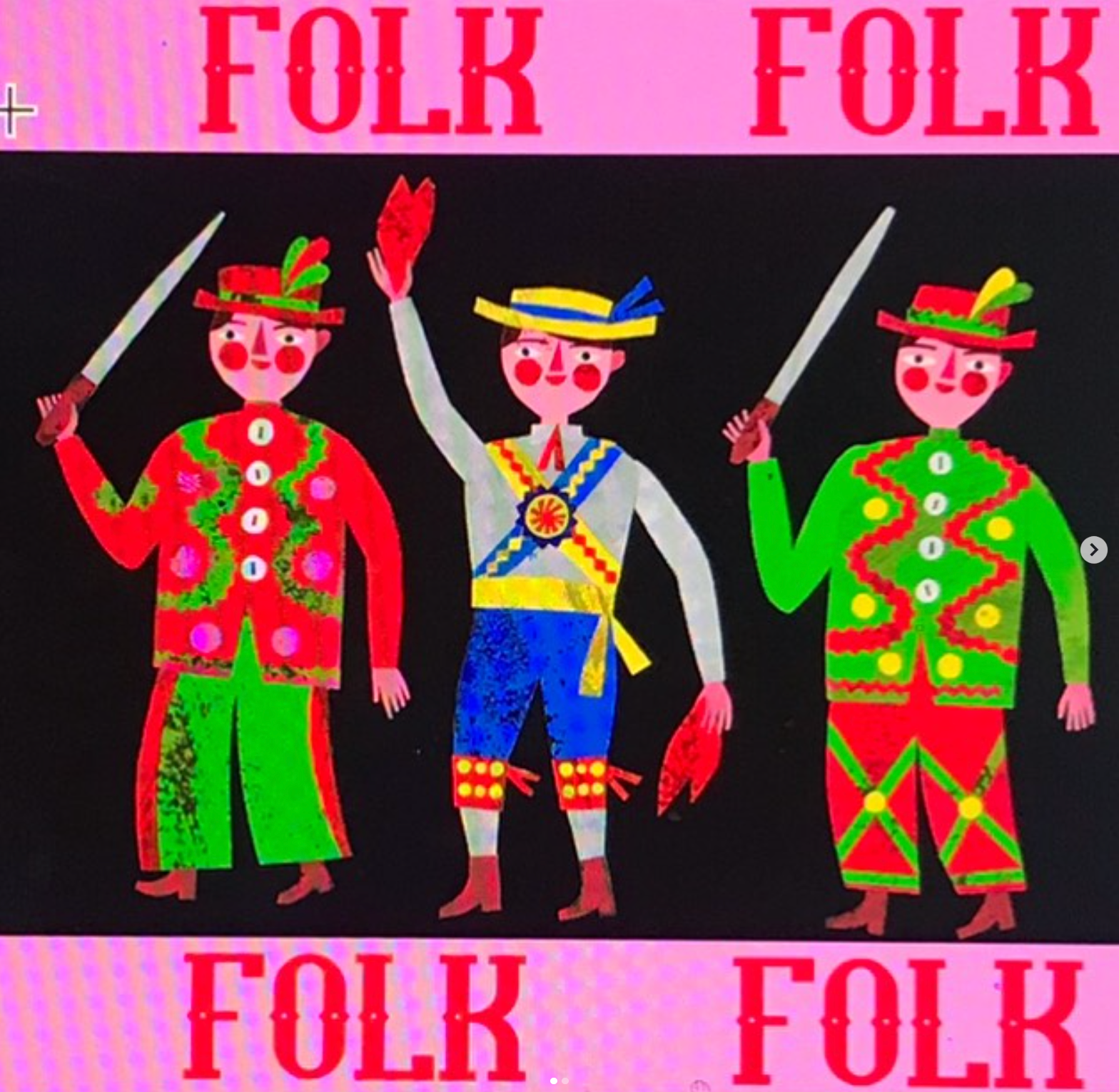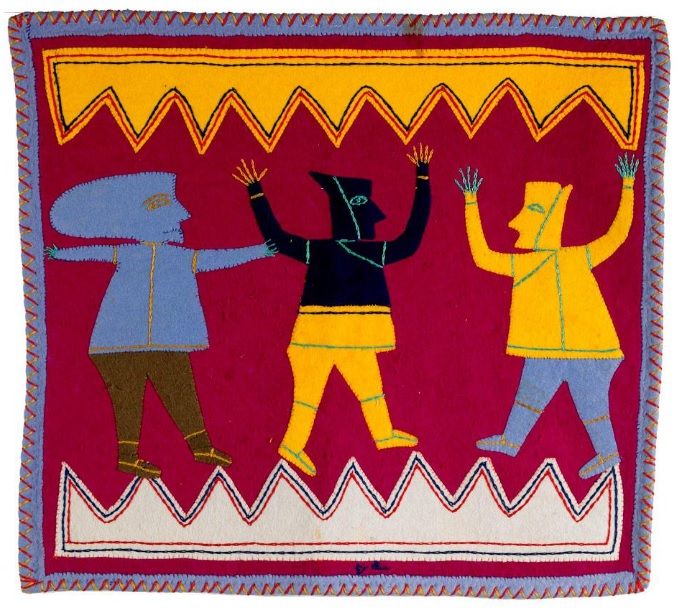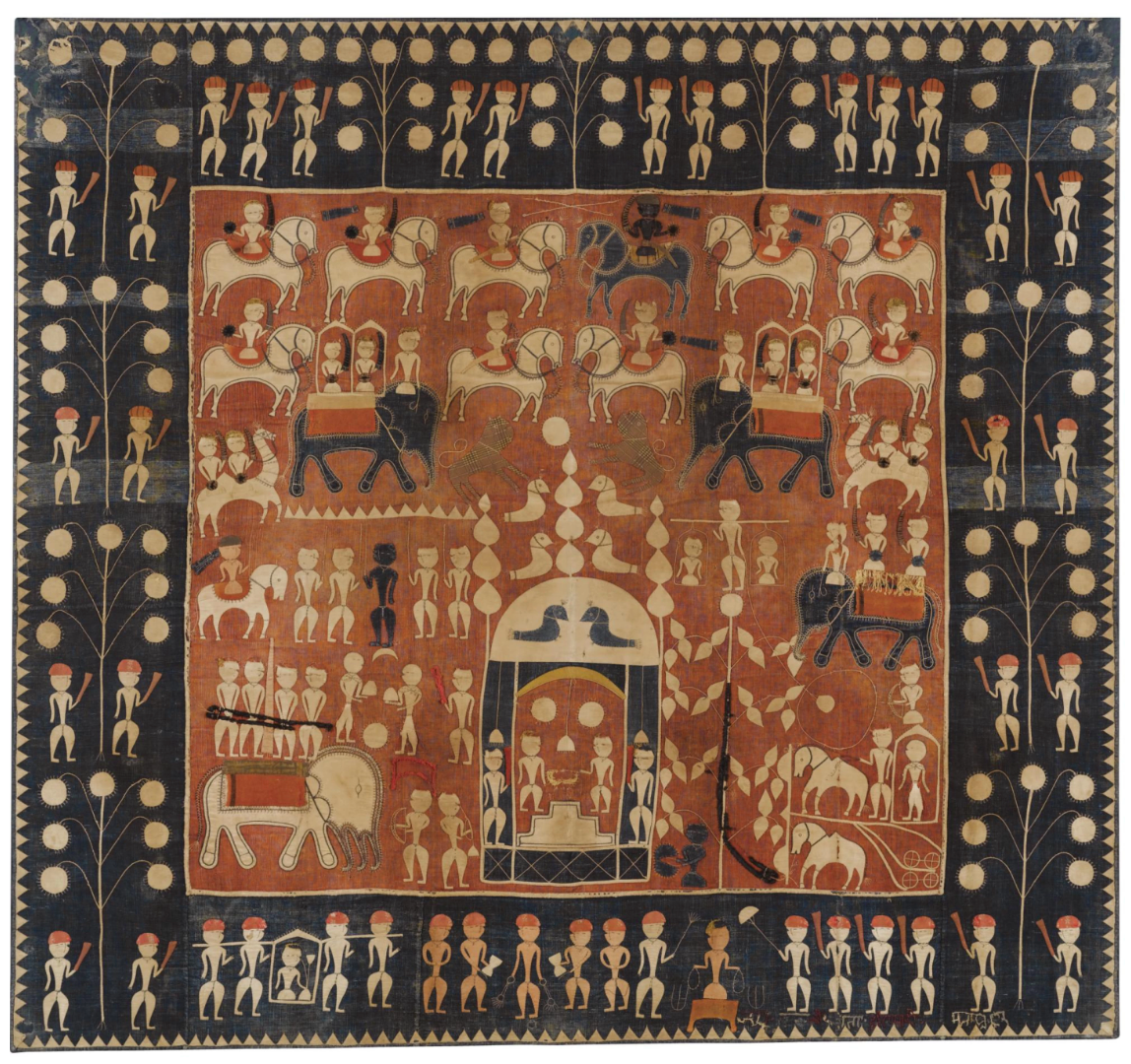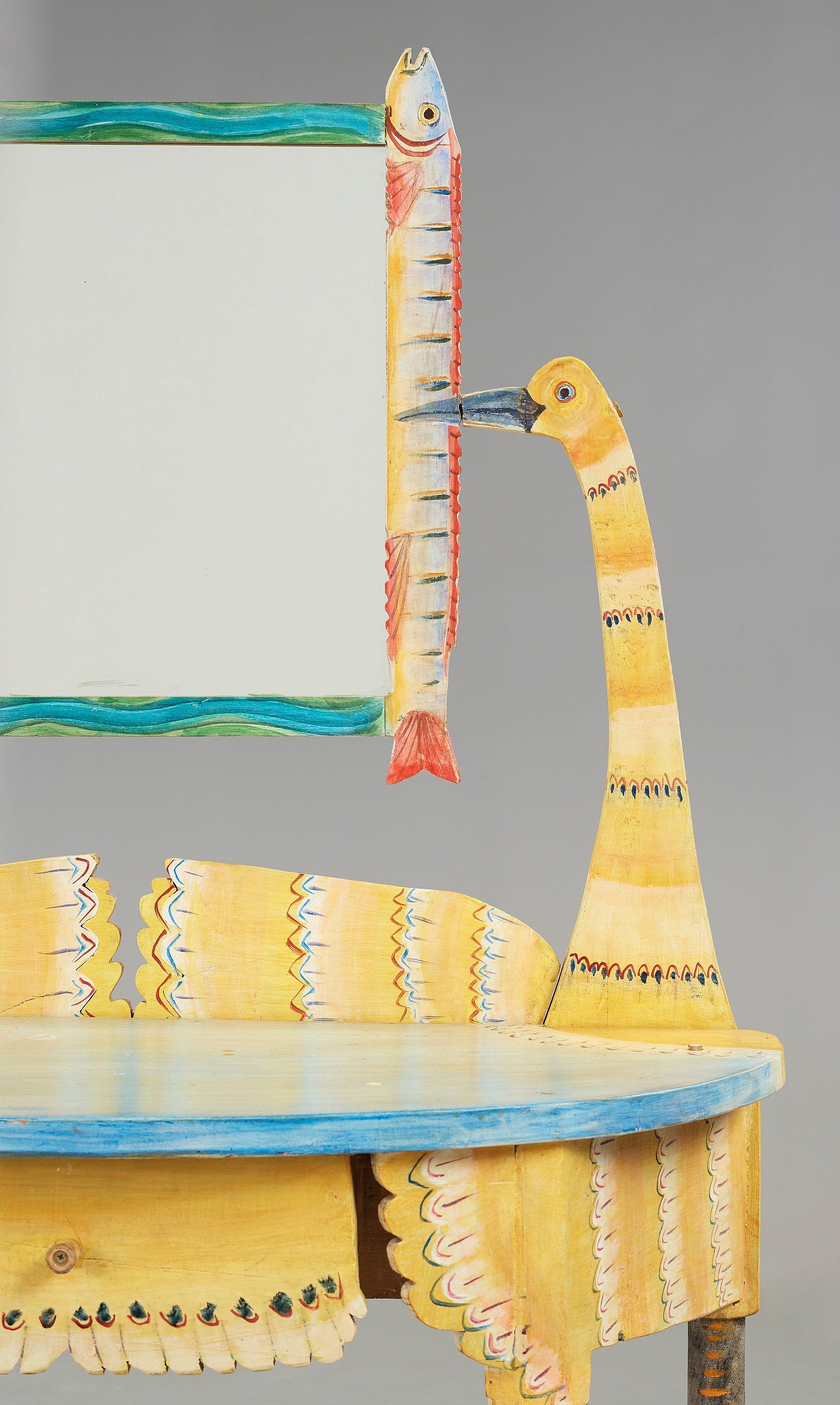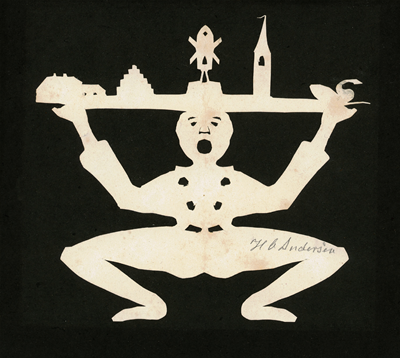
The Fabulous Flamboyance of London’s Other Royal Family

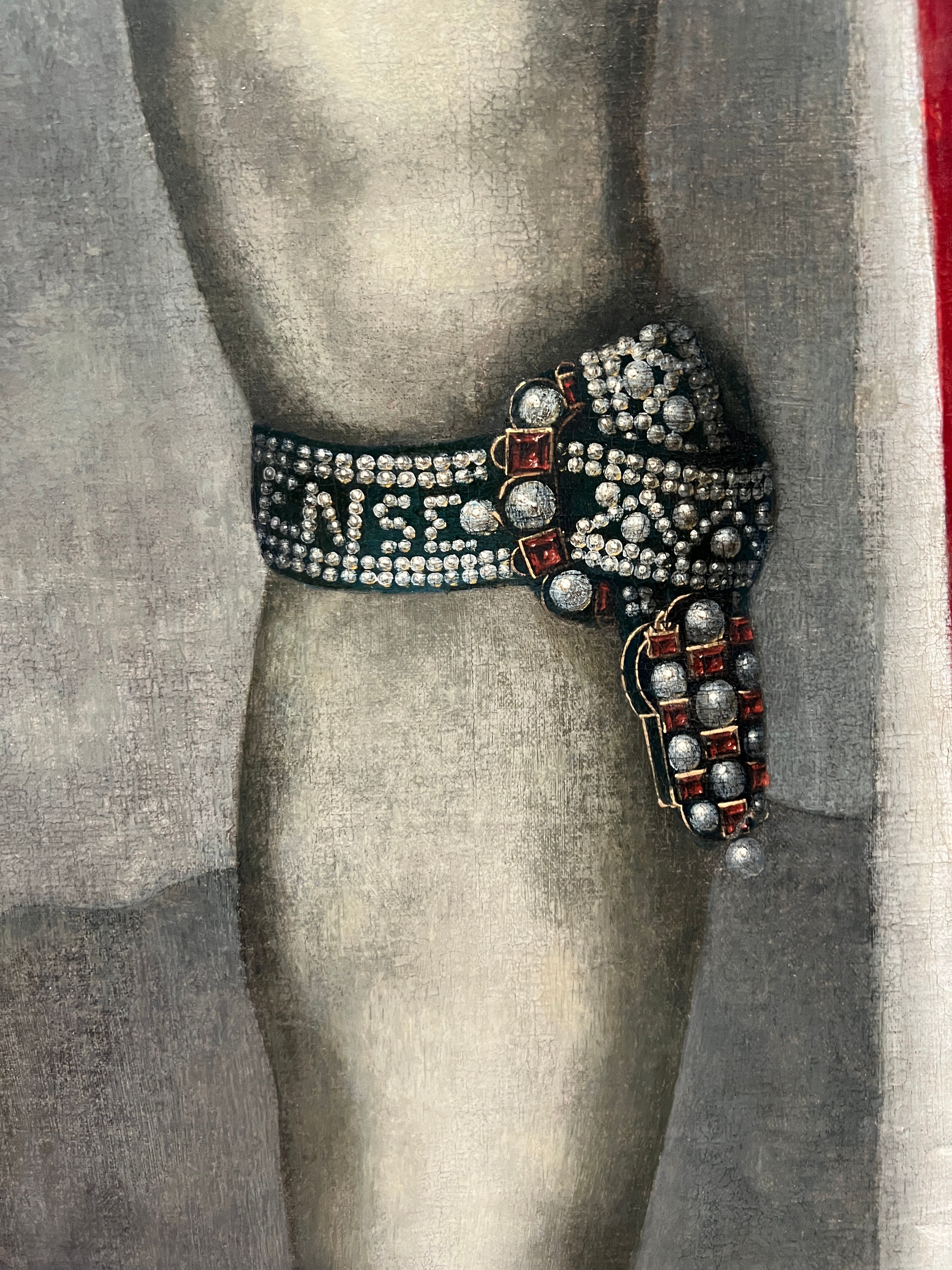
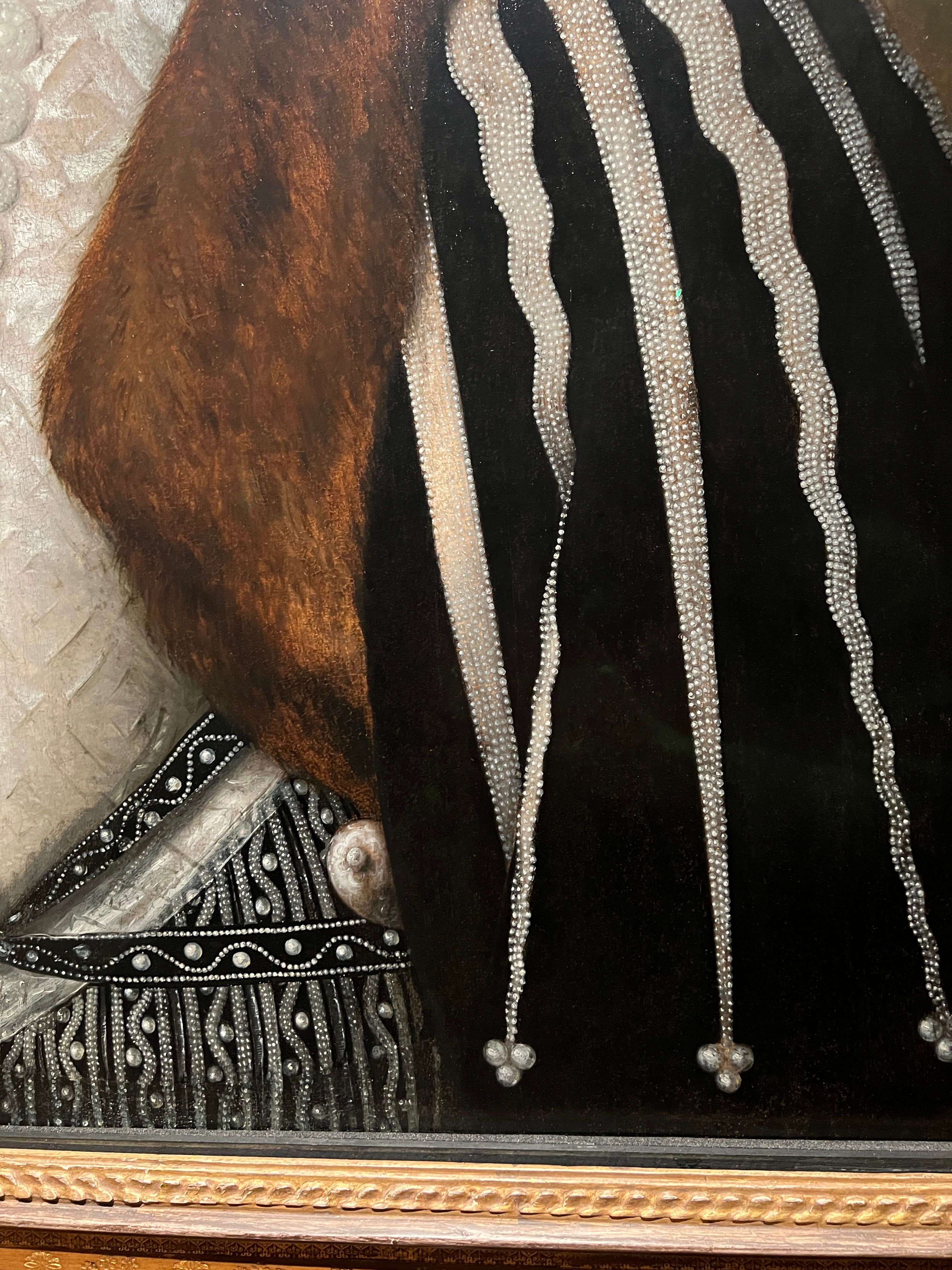
I recently went to the newly refurbished and freshly reopened National Portrait Gallery, and was particularly taken with one picture in the Tudor Gallery that depicts a King dripping in pearls. Each individual pearl has been carefully painted in a way that is both simple yet incredibly effective, and I was blown away by the attention to detail of the artist. The rows and rows of tiny, perfectly neat pearls that reflect the light, offset against the black background really are breath-taking. Having just come back from the US, where beading is far more common than in the UK, I immediately began to dream up embroideries!
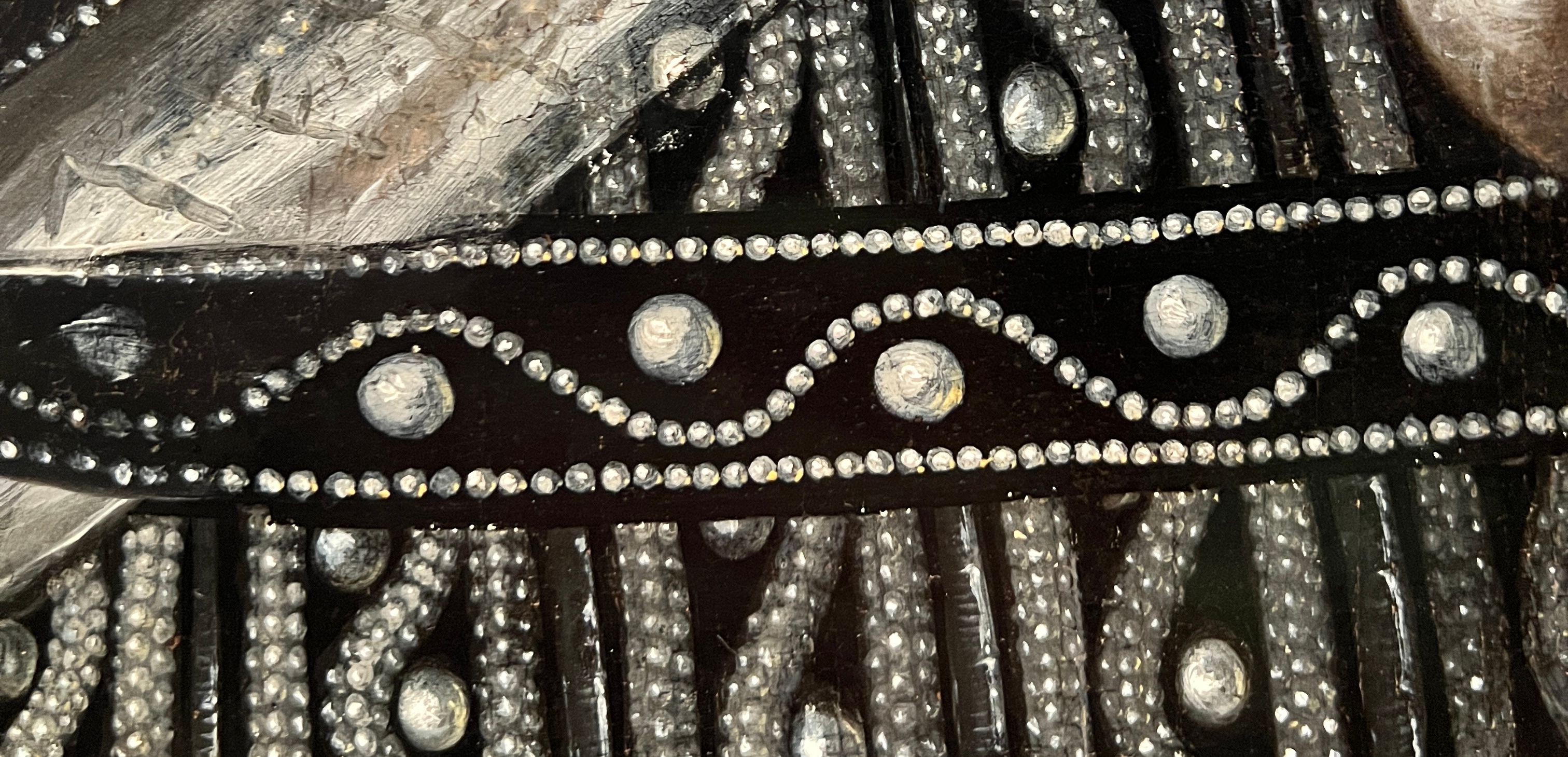
Imagine, I thought, how beautiful a whole series of embroideries based around this one painting would be. Think black background, pearlescent white thread – simple, whimsical, and magical. After that, I found myself down quite the Pearly Kings and Queens rabbit hole, and felt it only right that I introduce them here, especially for all international readers!
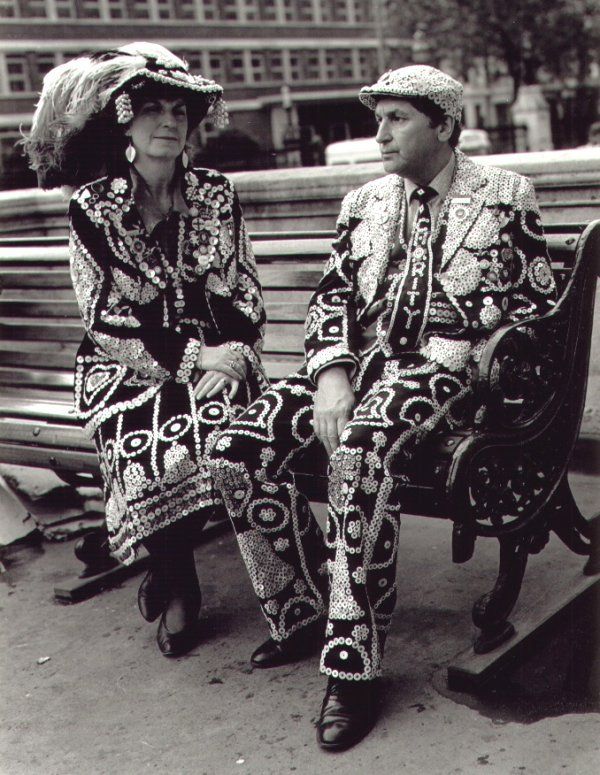


The Pearly Kings and Queens are an iconic East London institution (up there with rhyming slang and jellied eels!) that is widely accepted to date back to Henry Croft, a Victorian orphan and street sweeper. In the late 1870s Croft covered his suit in mother-of-pearl buttons, creating the first pearly ‘smother’ suit, in order to draw attention to himself when collecting money for orphanages and hospital, and thus was born the first Pearly King, and the philanthropy upon which Pearly Kings and Queens pride themselves to this day. However, it is thought that that the tradition of decorating costumes by affixing buttons dates to even earlier. Costermongers were street market traders who sold fruit, vegetables and other produce; during the Victorian era it is thought that they sewed mother-of-pearl buttons on their clothes to distinguish themselves. It was customary for each coster community to elect a leader, or ‘King,’ and it is possible that Henry drew on this tradition when dubbing himself a ‘Pearly King.’

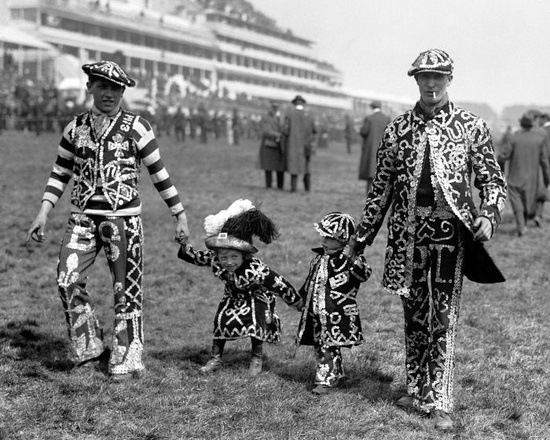

Following Henry's example, Pearlies began to sew buttons onto their garments to represent patterns, words and symbols.They often have specific meanings, for example a heart means charity and a wheel is the circle of life. If you understand the symbols, the garments become like a language that can be read. A pearly suit in the Museum of London, for example, features playing cards on the jacket illustrating that life is a gamble. It also has donkeys, vital in pulling the costermonger’s cart to market. And it proudly bears the name of its wearer, F Bliss, Pearly King of Islington.
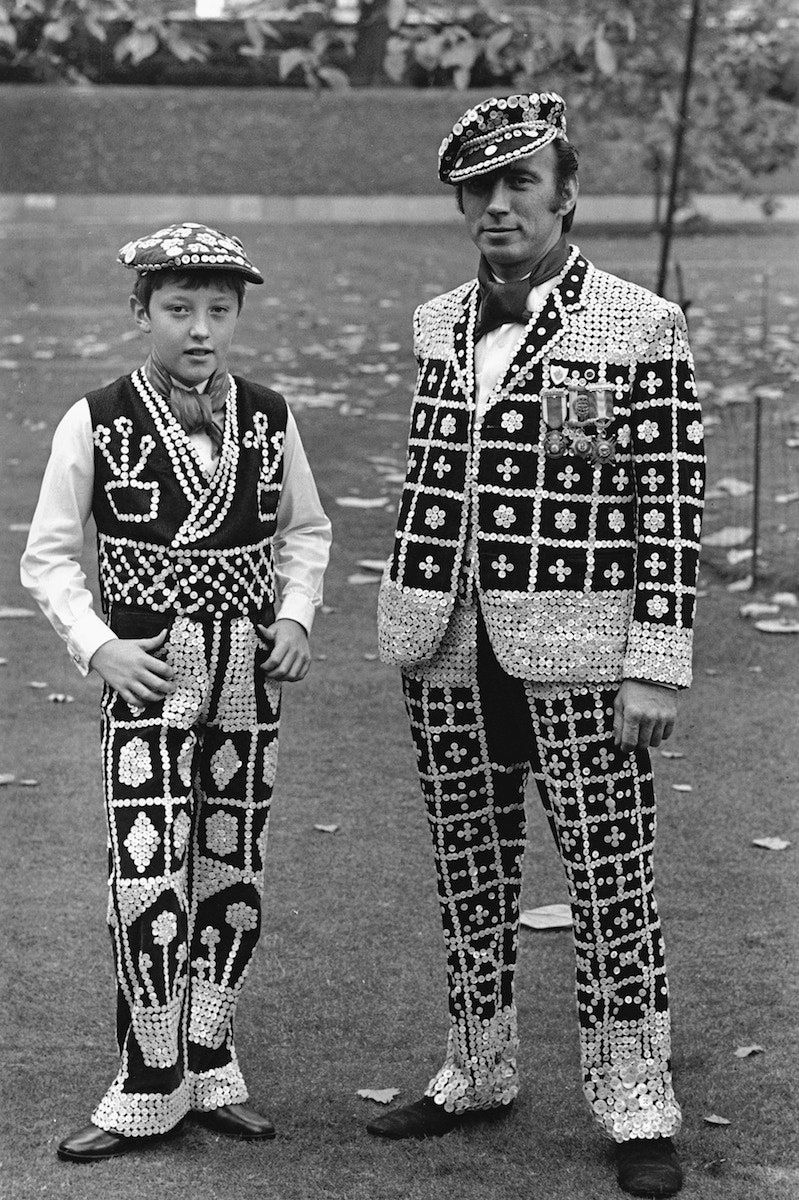
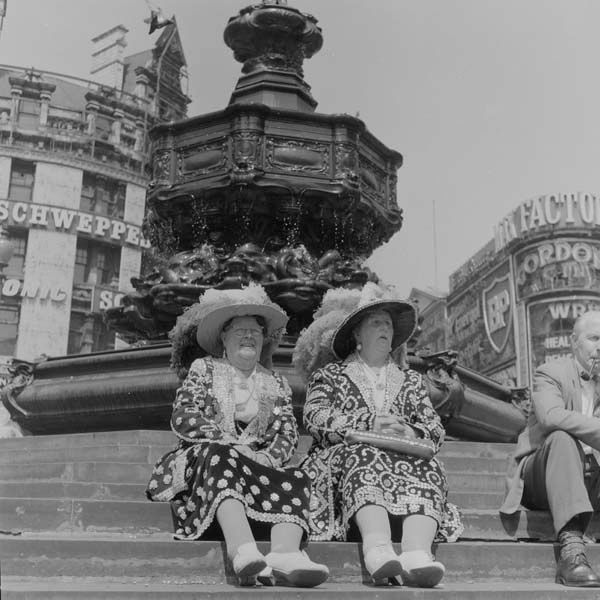
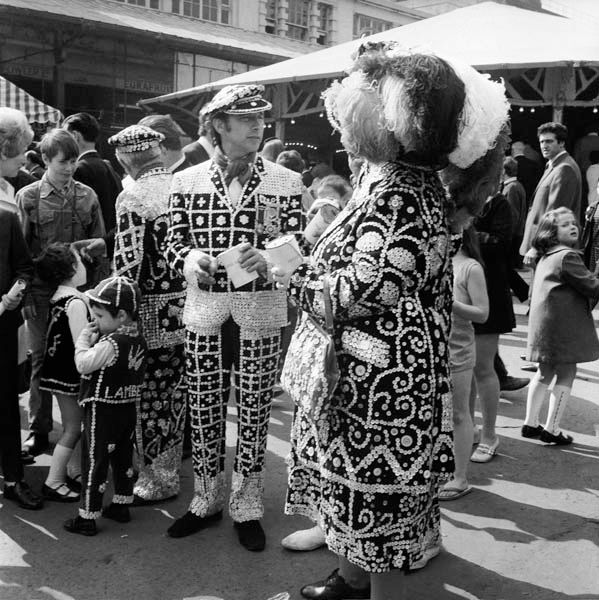
Despite having historic roots, the Pearly Kings and Queens are not a thing of the past. To this day, every London borough has a Pearly Royal Family, making up a ruling class of several hundred people, many of whom are regulated by the Original Pearly Kings and Queens Association. The titles are hereditary, passed down through the generations until a pearly family moves out of the borough (in which case the title is passed to another family). Many of today’s families can trace their titles back to the late nineteenth century. Charity work is still central to the Pearlies, and each year, they hold an annual harvest festival, the includes performances of traditional music and Morris dancing, a thank you to the Londoners that support their work. The costumes are as flamboyant as ever, repleate with black suits painstakingly stitched with pearlescent beads, and feather plumes fit for a King!
